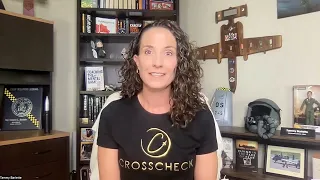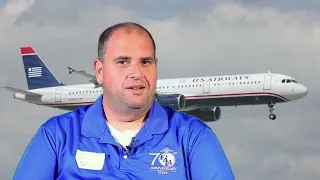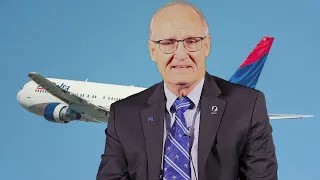Share Your Story
The Air Force Historical Foundation’s “9/12 Project” mission is to collect and preserve the personal voices, stories, and perspectives of Airmen, Guardians, DoD Civilians, and Dependents beginning on September 12, 2001, through the end of the War in Afghanistan. These stories will serve as a record of detailed experiences helping to preserve individual histories and serve as a scholarly and educational resource for various audiences to have a better glimpse into the 20-year War both at home and abroad.
To accomplish this mission, we are asking for your participation. You can be a part of this impactful project by recording your personal narrative in the comfort of your home or office. These video recordings are to be candid stories by individual participants recorded on your own devices, as opposed to highly structured interviews.
These stories will then be made accessible to the public through various outlets, including the Air Force Historical Foundation’s Digital Archive, featured stories on our website, highlighted stories on select social media channels, and personal accounts and collections with our Museum Partners.
We hope you will consider participating, and we look forward to hearing your story!






